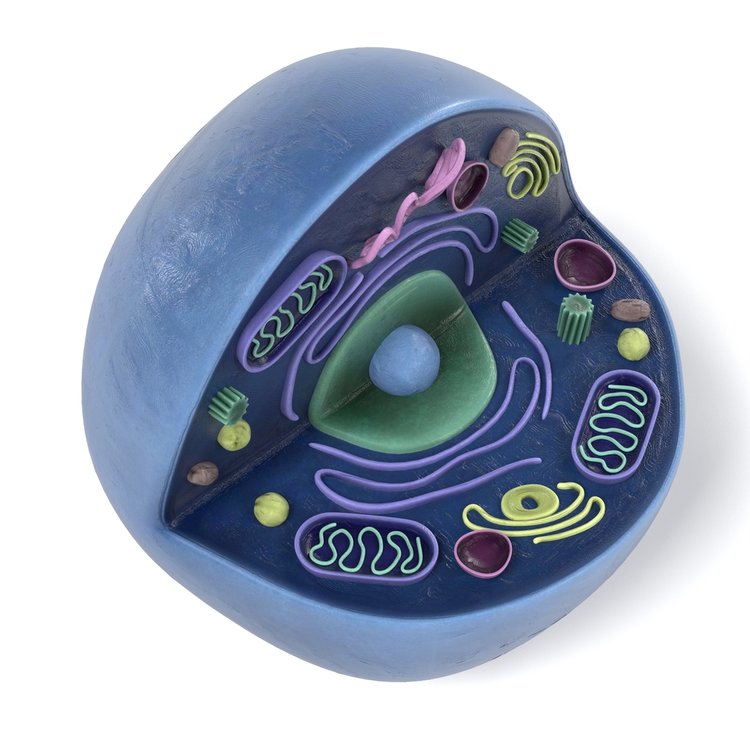Exosomes have recently exploded in popularity, with companies developing exosome-based diagnostics, therapeutics, and cosmeceuticals. Although they were discovered more than 30 years ago, it was not until recently that the scientific community began to give credit to exosomes for a range of promising traits.
Exosomes are small vesicles ranging from 30-100nm in size that are found in nearly all eukaryotic fluids and facilitate a range of important cellular functions. Specifically, they transfer DNA, RNA, and proteins to other cells, thereby altering the function of the targeted cells.
Exosome History: A Recent Explosion of Interest
Ten years ago in 2006, there were only 76 articles published about exosomes (PubMed.gov: Date Range: Jan 1, 2006 to Dec 31, 2006). Five years ago in 2011, there were 271 articles published about exosomes (PubMed.gov: Date Range: Jan 1, 2011 to Dec 31, 2011).
Today, there are more than 4,400 articles published about exosomes. Importantly, 1,088 of the articles (~25%) were released in the 2016 calendar year.
In the chart below, you can see the release of exosome publications over time.
Clearly, there has been an explosion of exosome publications over the past five years, making it important for the scientific community to understand the functionality and importance of these nano-sized vesicles.
Experts Describe Exosome Roles and Functions
Recently, we had the honor of interviewing a leading authority in exosomes, Dr. Philip Askenase, Professor of Medicine and Pathology at Yale University School of Medicine. Dr. Askenase is an expert in the effector properties of exosomes, who is now beginning to study mesenchymal stem cell (MSC)-derived exosomes and their role in regenerative processes.
According to Dr. Askenase, “Exosomes are host-secreted endogenous nano vesicles that are about one-thousandth the size of cells and are present in all fluids. They are made in some form by all species, including bacteria that produce analogous outer membrane vesicles (OMC). The exosomes transfer RNAs and proteins, like signaling molecules, to other cells to then act epigenetically to alter the function of the targeted cells that can be near (paracrine like synapses) or far (endocrine) systemically via the blood.”
Another expert in exosomes is Dr. Clotilde Théry, PI of an Exosome Research Team at the Institute Curie in Paris, France, and author of the article Exosome Explosion. In that article, Dr. Théry states, “Exosomes are secreted by most cell types and contribute to functions including tissue repair, neural communication, and the transfer of pathogenic proteins.” According to Théry, “Recent studies of exosomes purified in vitro showed that the vesicles can be captured by other cells, thus transferring any information enclosed in and/or on the exosome.”
Another attribute that makes exosomes powerful are the large quantity of them found within living systems.
“It is estimated that there are 1,000 times more exosomes than cells in our bodies,” states Codiak Biosciences, a company specializing in exosome therapies and diagnostics. “Upon delivery, exosomal cargo can change biological functions in recipient cells according to the instructions encoded by the payload. Exosomes do not randomly distribute, but rather appear to seek specific cellular targets, thereby offering the potential to deliver diverse therapies to specific cells and modulate cellular function to achieve therapeutic benefit.”
Clearly, exosomes play a key role in cell-to-cell signalling, with the ability to module a wide range of cellular functions in cells located both near (paracrine) and far (endocrine).
As scientific papers exploring exosomes continue to increase in number, the range and extent of exosome-induced functionality will become further elucidated. In particular, it will be crucial to identify what distinguishes exosomes from other secreted vesicles that form directly from the plasma membrane and the extent of their powers and limitations.
Nonetheless, at this time, the role of exosomes as intercellular messengers is generating more questions than answers.
What are the Advantages for Exosomes?
According to Dr. Théry, a key advantage of exosomes is that they can have a “much more potent influence on the physiology of the cells they encounter than single-molecule mediators, such as lipids, hormones, or cytokines.”
According to Dr. Askenase, exosomes have a wide range of advantages, as described below:
- Exosomes travel via systemic therapy: intravenous (IV) and intraperitoneal (IP)
- Exosomes travel via local therapy: inhalant to lungs, to CNS via the nasal cribriform plate for uptake by brain microglia , perhaps topical to eyes, intra articular etc
- Exosomes can cross the “Blood-Brain Barrier”
- An activated exosome subset can in vivo systemically deliver infinitesimal doses of miRNA (femtomoles)
- Activated exosomes can associate with a selected antigen-specific antibody coating and even a chosen miRNA cargo
- There is the potential for dual Ab targeting and miRNA functional specific exosome therapy
- Problems of artificial nano particles are solved by the physiologic exosomes that in contrast, are not perceived as foreign and taken up by the reticuloendothelial system, with therefore comparatively limited in vivo usefulness.
- The functions of the mesenchymal stem cell (MSC) secretome likely is entirely due to MSC-secreted exosomes
- Exosomes have no potential to trans-differentiate into other cells nor into malignant cells
- Exosomes are much easier to administer, store, and possibly even freeze dry
Other Terminology (Names) for Exosomes
As an emerging area of research, exosomes are often referred to by other names.
Other names for exosomes are the following, presented in alphabetical order:
- Archeosomes
- Argosomes
- Dexosomes (or “Dex” for short)
- Exosome-like vesicles
- Microparticles
- Microvesicles
- Nanovesicles
- Oncosomes
- Promininosomes
- Texosomes (or “Tex” for short)
- And more
